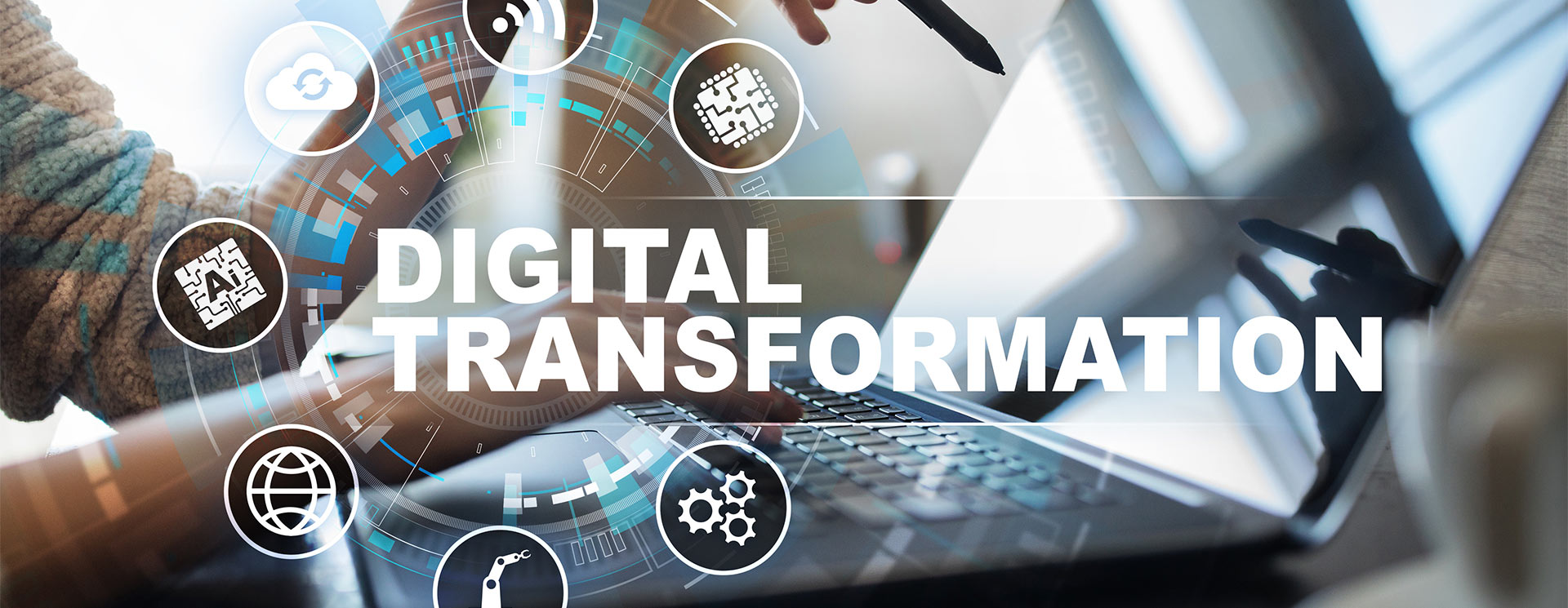
Businesses today have the opportunity to start a digital transformation initiative and see real change in their efficiency and effectiveness. While a number of tools are needed to completely transform your organization, RPA is a tool so versatile that it can be used in multiple different ways to achieve change. These are the three main ways to deploy it: as the tactical starter, the glue that keeps the transformation going, and a comprehensive streamliner that helps you change on a larger scale.
1. The Tactical Starter: Remove the burden of manual everyday tasks
Whether you’re at the start or in the middle of a digital transformation, you can use RPA to generate quick wins by automating your most time-consuming and tedious tasks. In this case, RPA is a digital transformation tool with boots on the ground in the form of bots. Choosing to automate a couple tasks in departments with a lot of data entry or with web browser actions can help prove the value of a digital transformation initiative and introduce people to one of your key tools, RPA.
2. The Glue: Connect disparate applications and systems
Once you put RPA to work as a tactical tool to generate value, move into using RPA to provide reliable connections between disparate applications and systems. As much as “digital transformation” typically means new tools and technologies, there will always be those legacy systems and applications that have to stick around because they’re business critical. Or maybe a new system is purchased that doesn’t integrate with the existing systems.
Either way, most organizations tend to have scripts and manual processes attempting to maintain continuity between applications and systems that can’t integrate natively to send data back and forth. The right RPA tool can use an API to connect to any system or application, ensuring data continuity.
3. The Comprehensive Streamliner: End-to-end automation
Now that RPA is acting as a glue or bridge between applications and systems, you’re ready to employ it in another way. In this case, RPA is a digital transformation tool that can take over an entire process, working through it step by step. Some great examples are HR onboarding or offboarding, IT password resets, and invoice processing. You can start employing RPA bots to take an entire process off your plate, leaving human employees free to handle the human side of Human Resources, troubleshoot trickier IT problems, and strategize ways to improve customer experience.
RPA can act in multiple ways as a digital transformation tool as your organization looks to change its operations. By making the most of RPA, you’ll be seeing high value for your investment and generating real change in your organization.
Want to see more ways RPA can help your organization? Download the Automate use case guide to get more ideas for processes to automate.
